
Filson | Casey Anderson Tracking Wild Mountain Lions
Filson joined wildlife filmmakers Casey Anderson and Brad Orsted of VisionHawk Films in the snowy high desert of western Montana as they tracked a wild Mountain Lion named Mama Mo. I got to bring a crew along to follow the team as part of a social media campaign and photo essay. The resulting content later helped the filmmakers show a different side of Casey; a more cerebral side, which piqued the interest of the Smithsonian Channel and lead to getting the project picked up as a one-hour special for broadcast. Later, I would be brought in to edit this project as well.
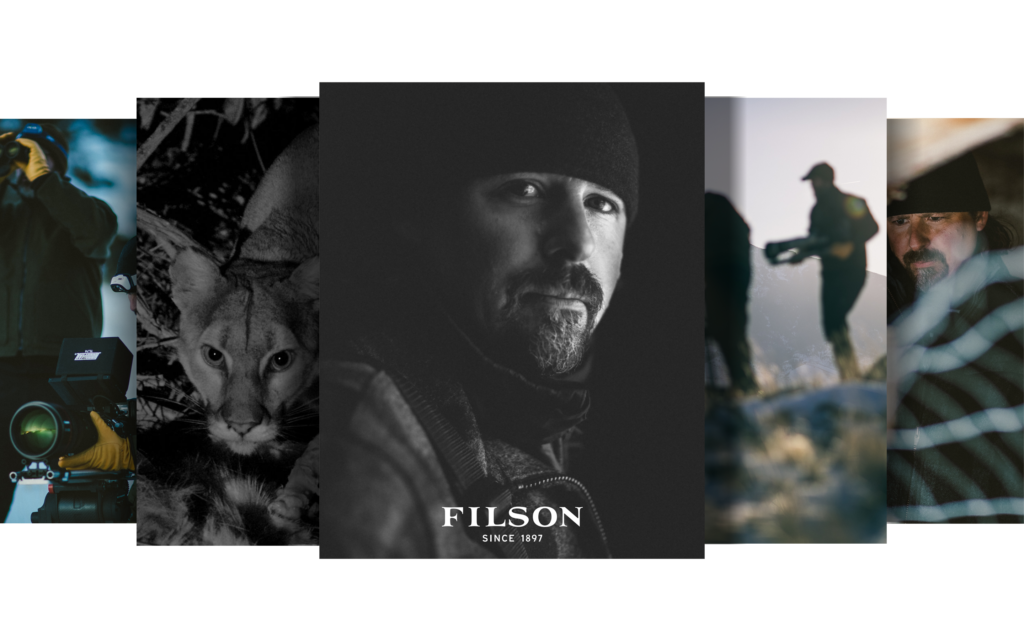
First Light and Distant Mountain Lions
The sun rises during an early morning wind storm in a valley outside of Bozeman, Montana. Filmmakers Casey Anderson and Brad Orsted have already been up for hours, scanning the landscape for four white spots through their thermal binoculars; a mountain lioness and her three cubs whose bodies glow bright in the heat-sensing optics. Despite winds reaching 40 mph, the lioness makes an appearance on a peak a few miles away, returning home from a long night of caring for her cubs (read: killing a mule deer). Casey and Brad immediately set up a large video camera, in a calm but intentional way, reminiscent of soldiers trained to assemble large artillery. They work silently, and within seconds, the huge telephoto lens is locked on the cats. For five years, the duo has tracked the elusive cat they’ve christened “Mama Mo.”
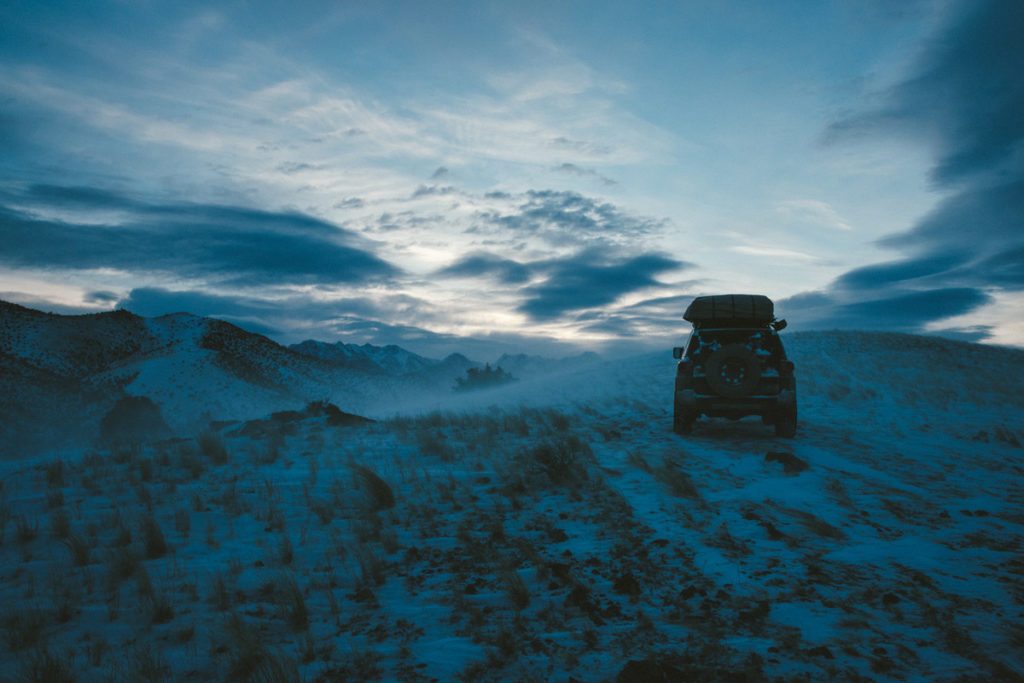

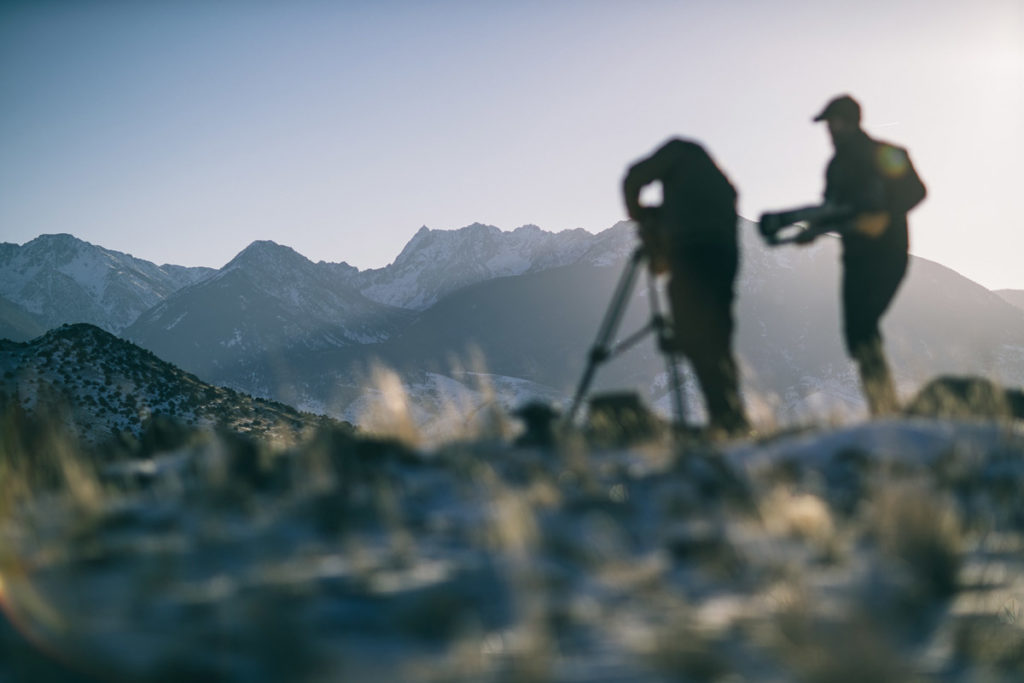
Our team scans the horizon only to see a wall of brown-on-brown terrain with a few patches of white, wind-swept snow. Without the thermal binoculars, the cats are invisible. After a moment, Casey relaxes and waves us over to a video monitor. There she is, Mama Mo, and three cubs, all in a line.
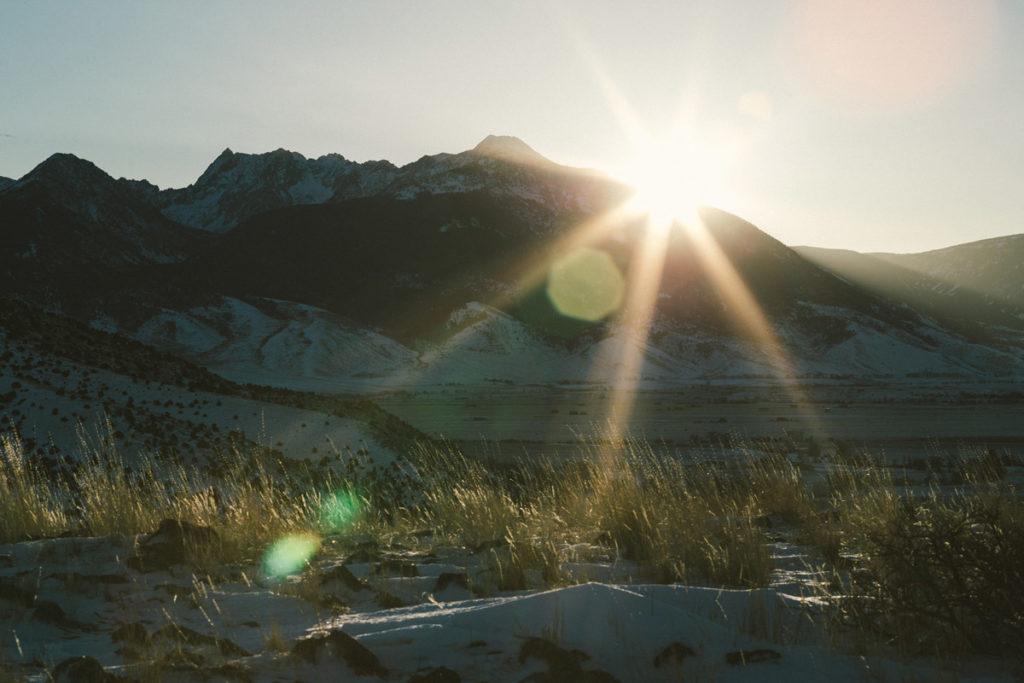
Brad continues to follow the cougars with the camera, while Casey steps back with a distant smile; not because what they just shot will make it into one of their films or television specials. But because he got his fix for the morning. Seeing her cross the hillside toward her den means she made it through another night. And he has been offered another chance to learn more about her. Casey rejoins us from his distant thoughts, still smiling. “Good morning,” he whispers. “Glad you guys could make it”.
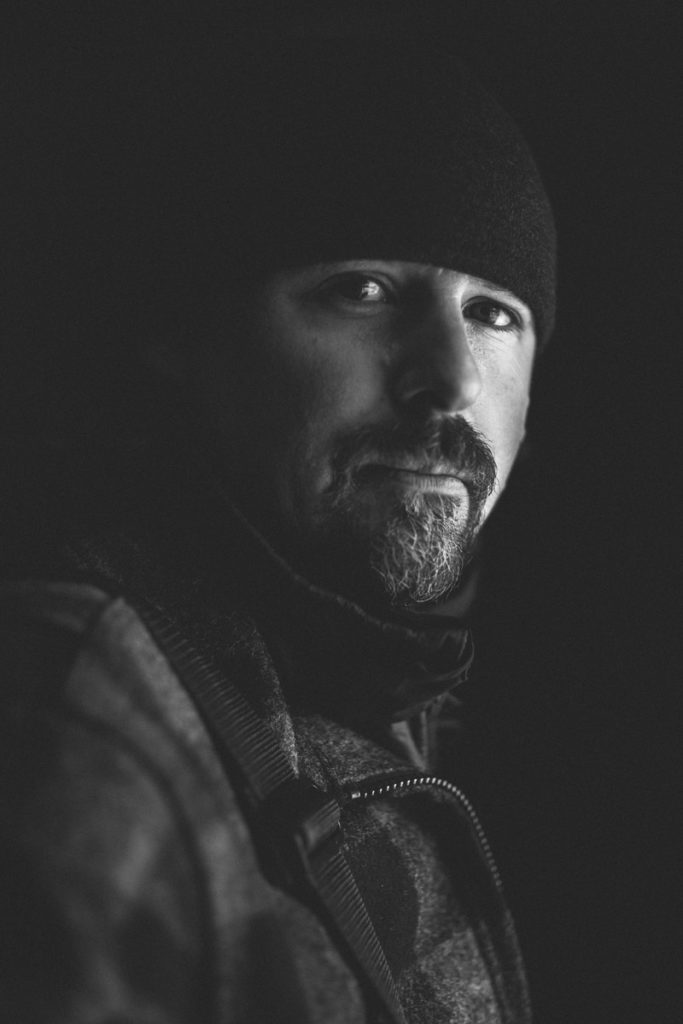
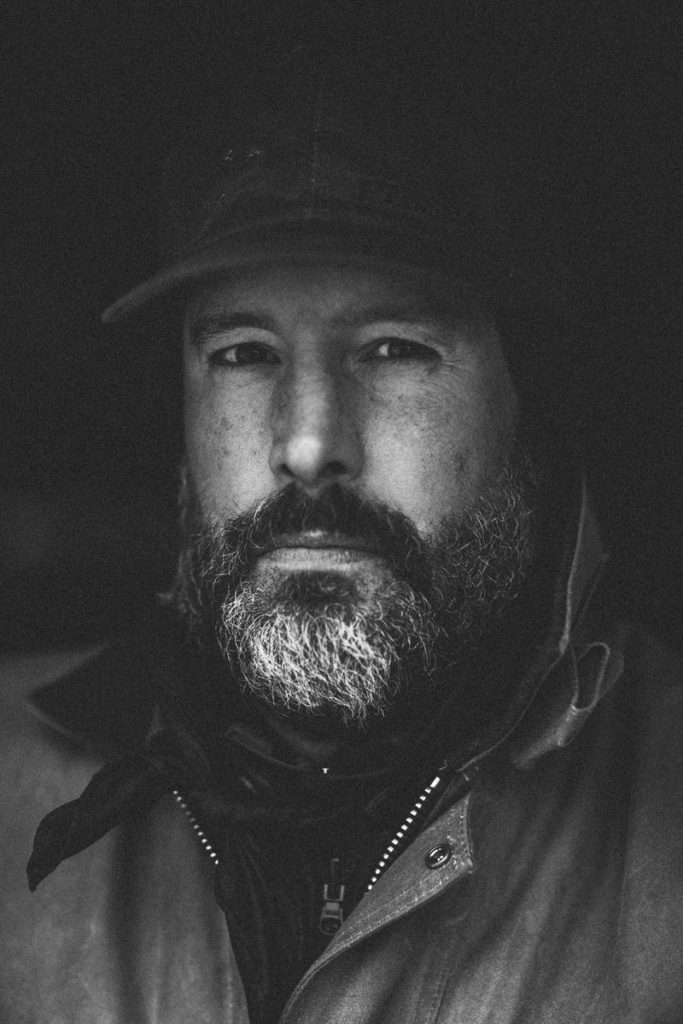
An Animal So Elusive, You Need Military Technology To Track
It’s the sum total of moments like this that make up the core of being a wildlife filmmaker. The end goal is, of course, to share a glimpse of the wild with the rest of the world, to inspire and educate, and to capture something that’s never been seen. As Brad points out, “Pretty shots are great, but behavior is king.” Very little footage has been captured of wild Mountain Lions. Most of what we ever see is of collared or tagged animals. Casey and the crew of VisionHawk Films hope to expose natural behavior in these cats by using camera traps, military grade imaging technology, and classic filmmaking tools.
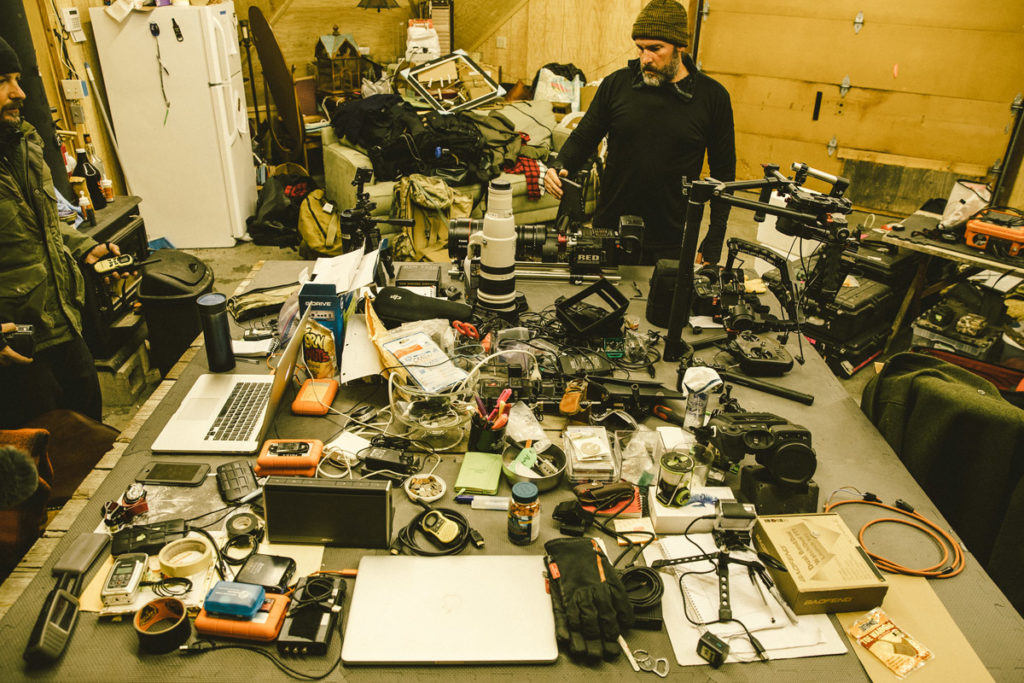
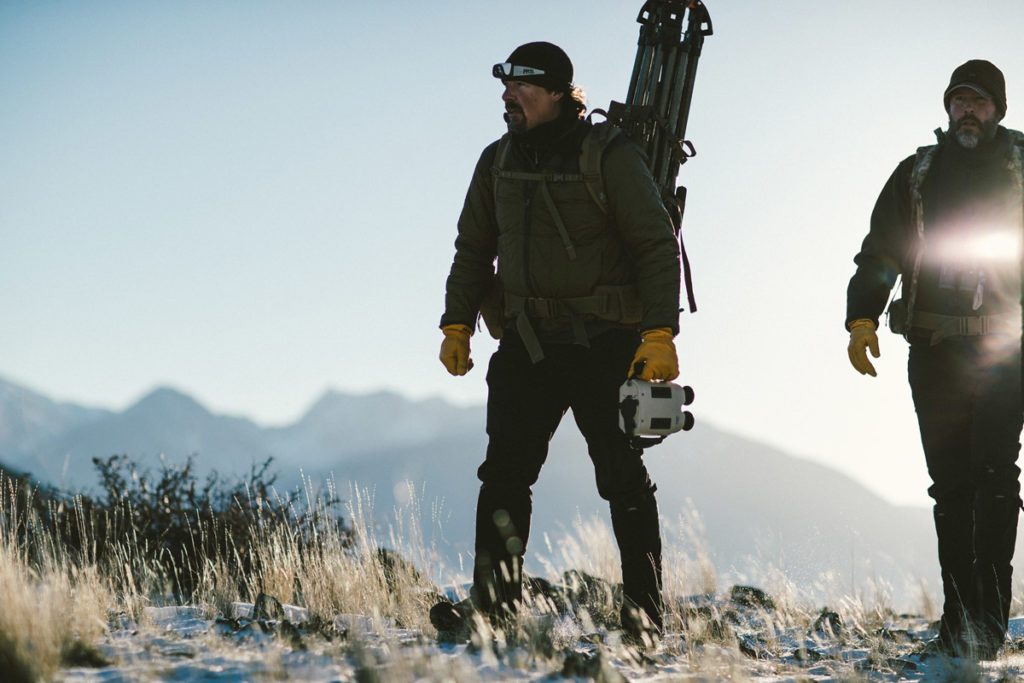

Checking In With the Family
Each day, Casey and the crew operate with a pace reminiscent of alpinist guides, where each step from the base of a mountain to the summit is equal in effort regardless of terrain. It’s the long game that is on their minds, not momentary victories. These filmmakers don’t have weekends, holidays, or sick days. And the best camera moments don’t follow a schedule. With five years of tracking Mama Mo, each day has equal potential for triumph. Or tragedy. As a wild cat in Montana, any number of ends can befall her and her cubs. Larger predators like bears or wolves certainly could threaten her safety, as could local hunters.
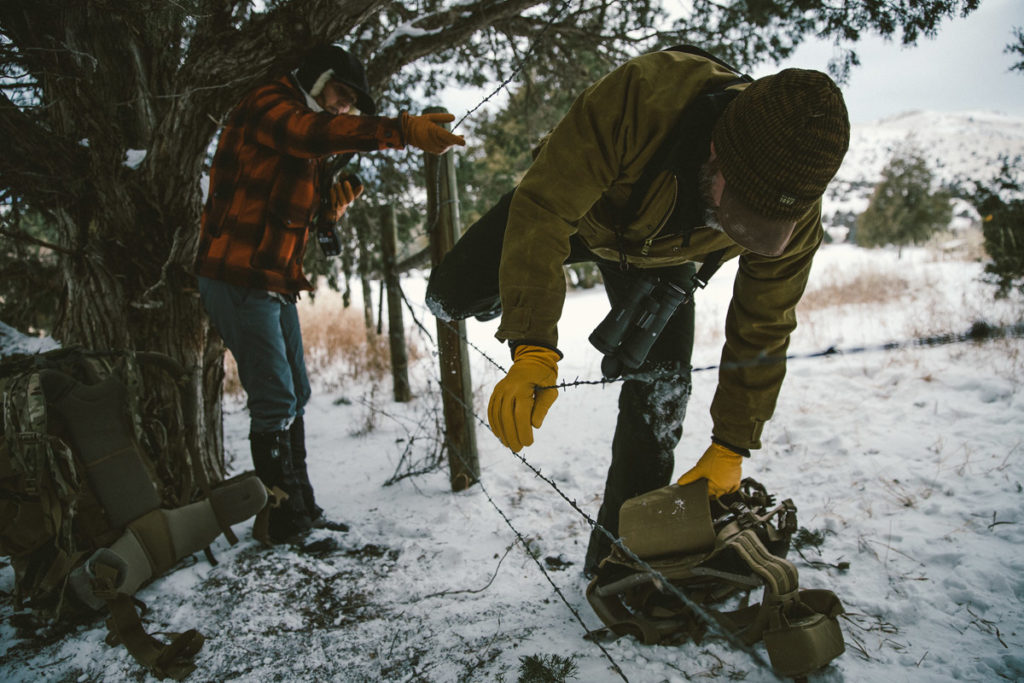
Right: An infrared camera trap positioned near the carcass of a Mule Deer. The crew places several cameras around such feeding sites hoping to get a glimpse of the family’s return. These cameras are powered by car batteries which have to be hiked in to remote locations, and constantly swapped out.

As Casey watches camera trap footage from the night before, he remarks, “I live each day knowing that every time I see Mama Mo, it could be the last time”—a somber reflection made seemingly prescient when a camera trap near her den shows an uncharacteristically rapid departure from her home. She doesn’t show her face for the remainder of our time spent following Casey during the week.
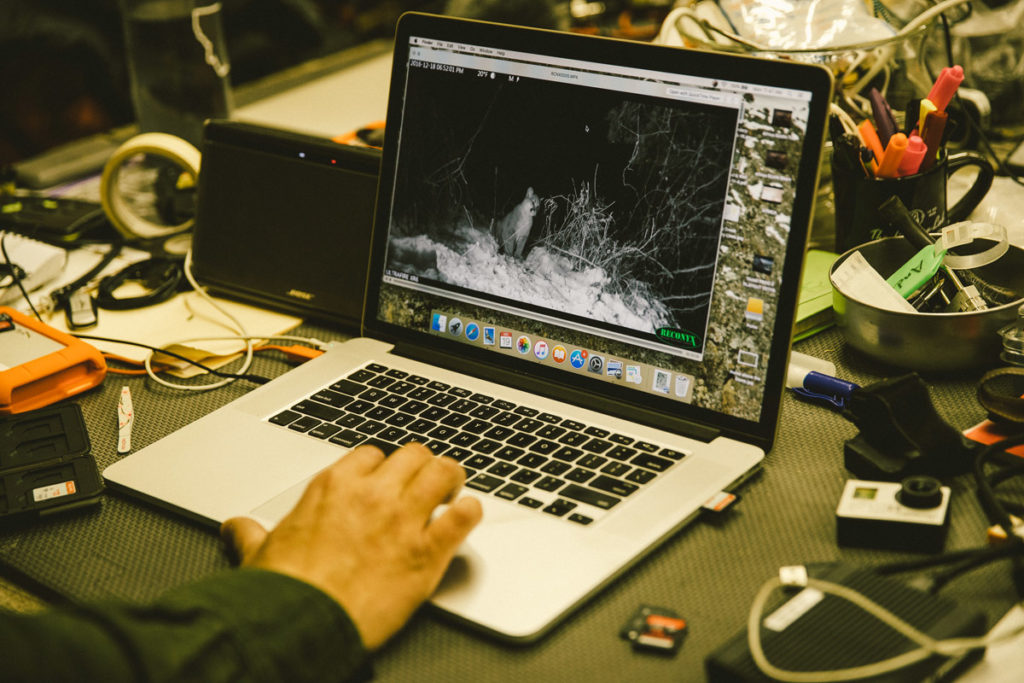
The word obsession gets casually used throughout the week as Casey and the crew go about their duties, trying to find out where Mama Mo went in such a hurry. Brad, always quick with a joke takes a serious tone. “Imagine its 2 am and your teenage daughter isn’t home and her cell phone is dead.” A lot of speculation is offered about why she may have left so abruptly. Casey tells us gaining knowledge of such an elusive animal is cyclical in that you learn so much and start to feel you have an understanding of how they operate. But the more you learn, and the more you think you know, the more you come full circle and realize you don’t know anything at all.
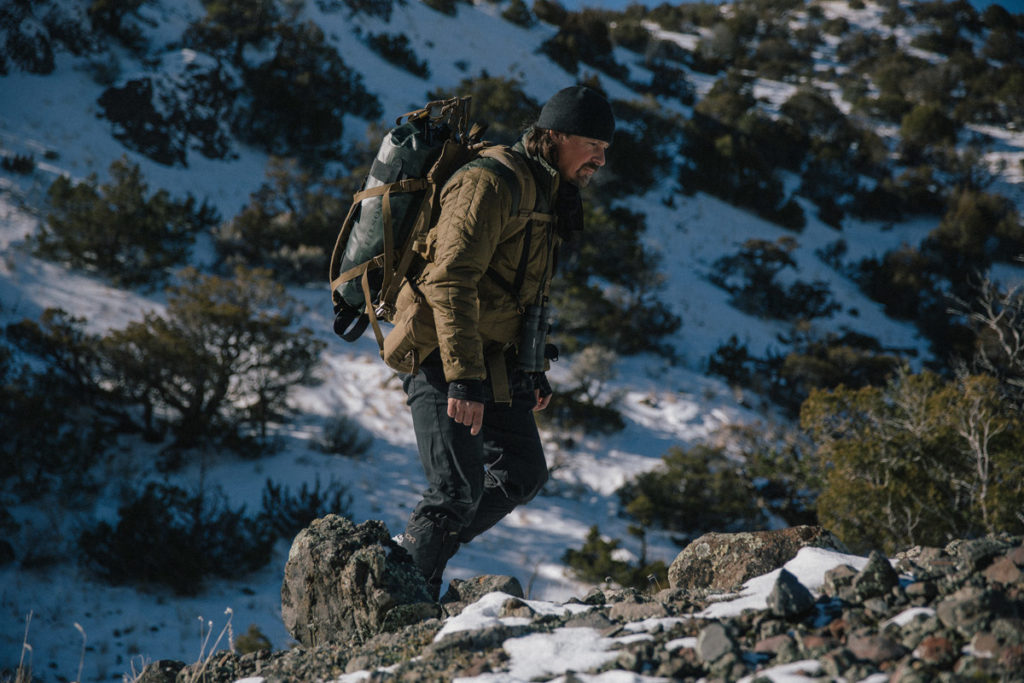
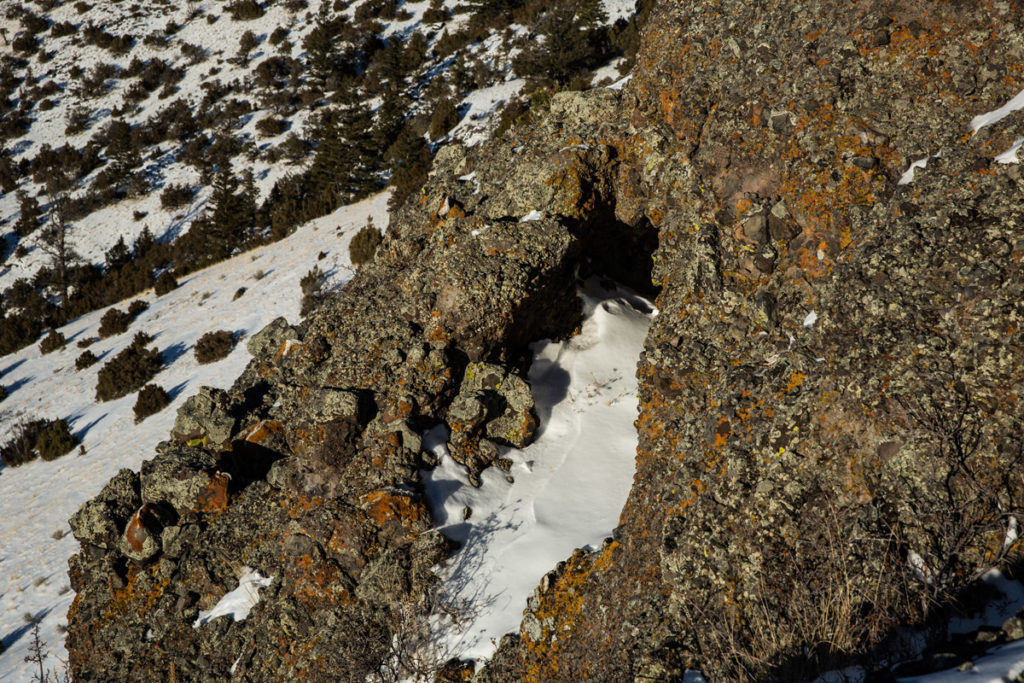
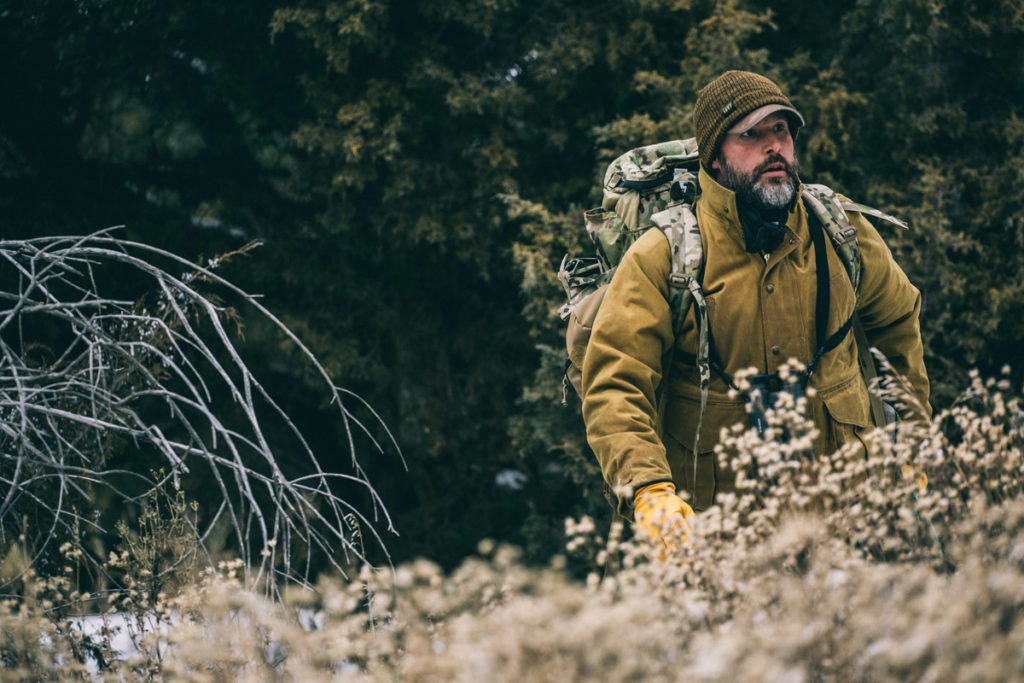
The Room of Death (and Life)
In perhaps the most intriguing change of scenery, Casey invites us to a late 1800s homestead, where Mama Mo is known to prowl for Mule Deer. After killing her prey, the Mountain Lion brings their carcasses into the long-unoccupied buildings. Over the years, the ranch has amassed quite a few skeletons of animals hoping to escape the harsh Montana elements. As Casey observes, “She’s got three kids to feed, and she’s a very good mother.”
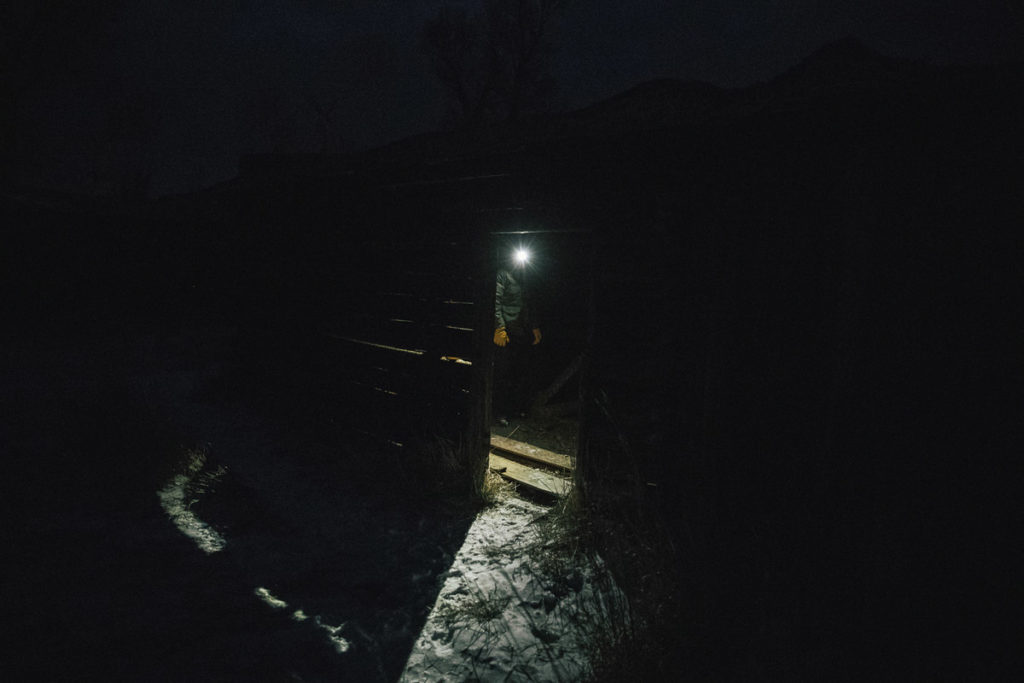
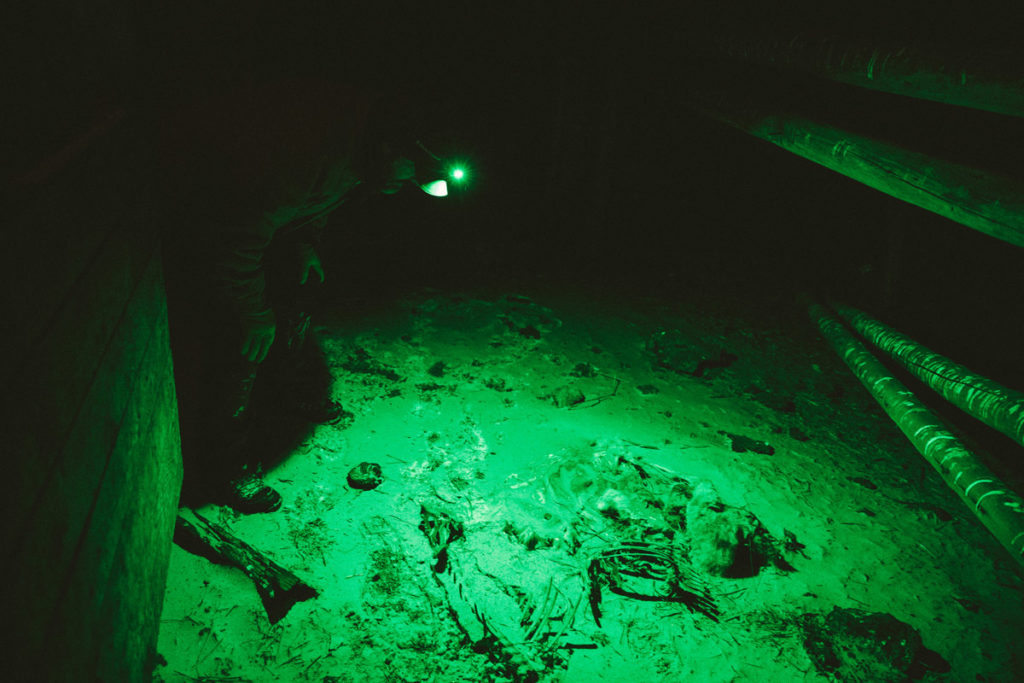
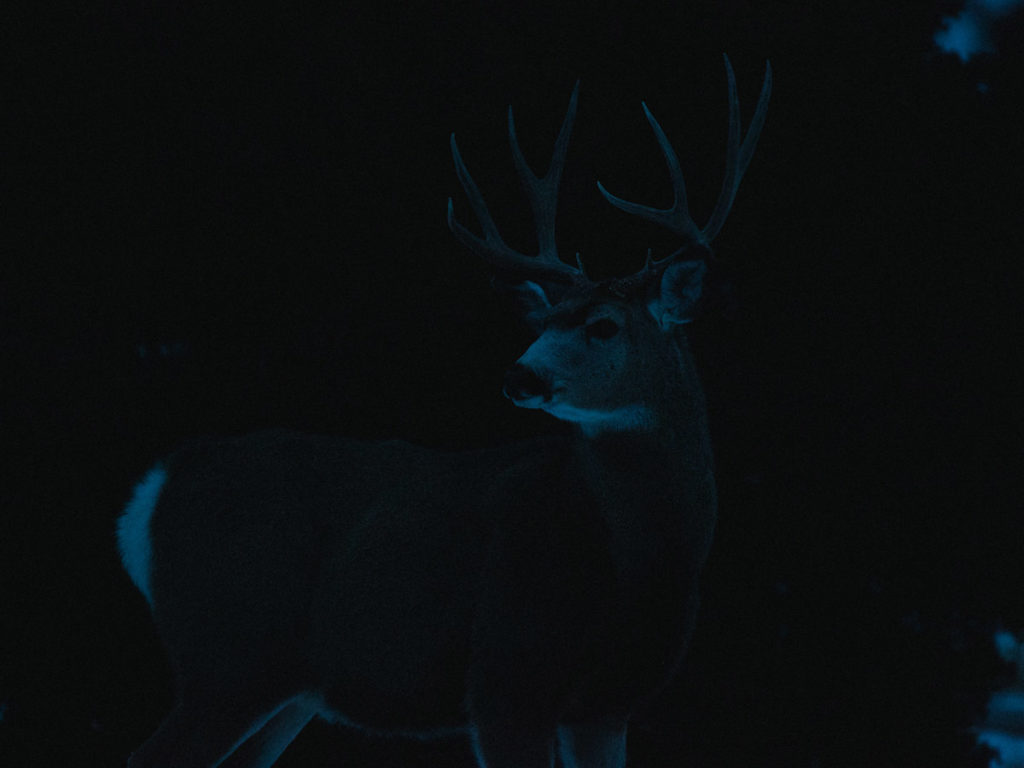
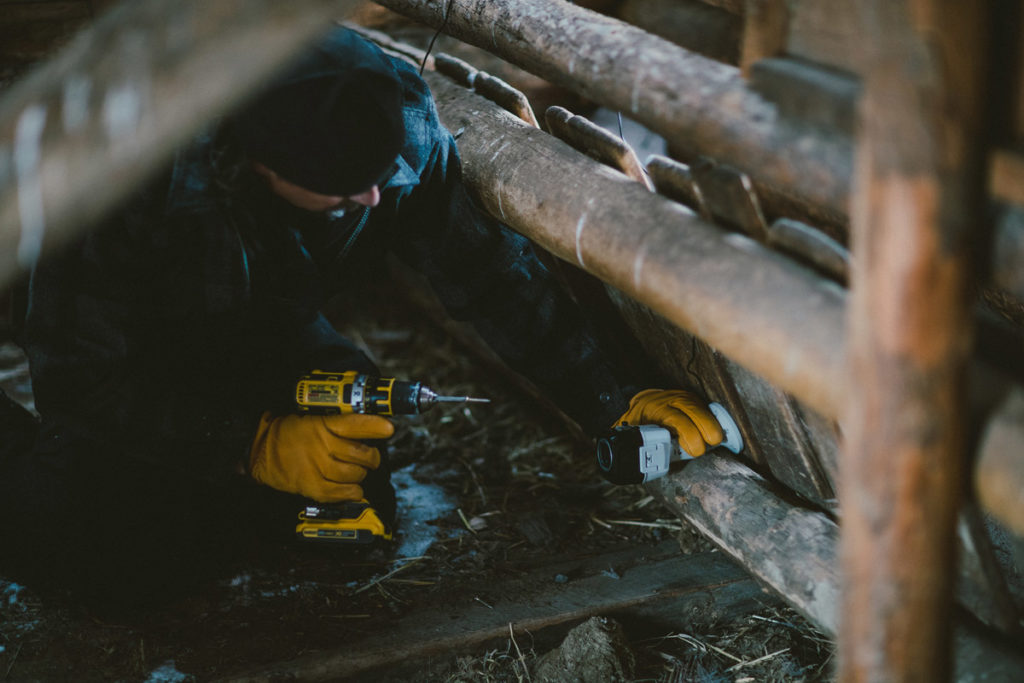
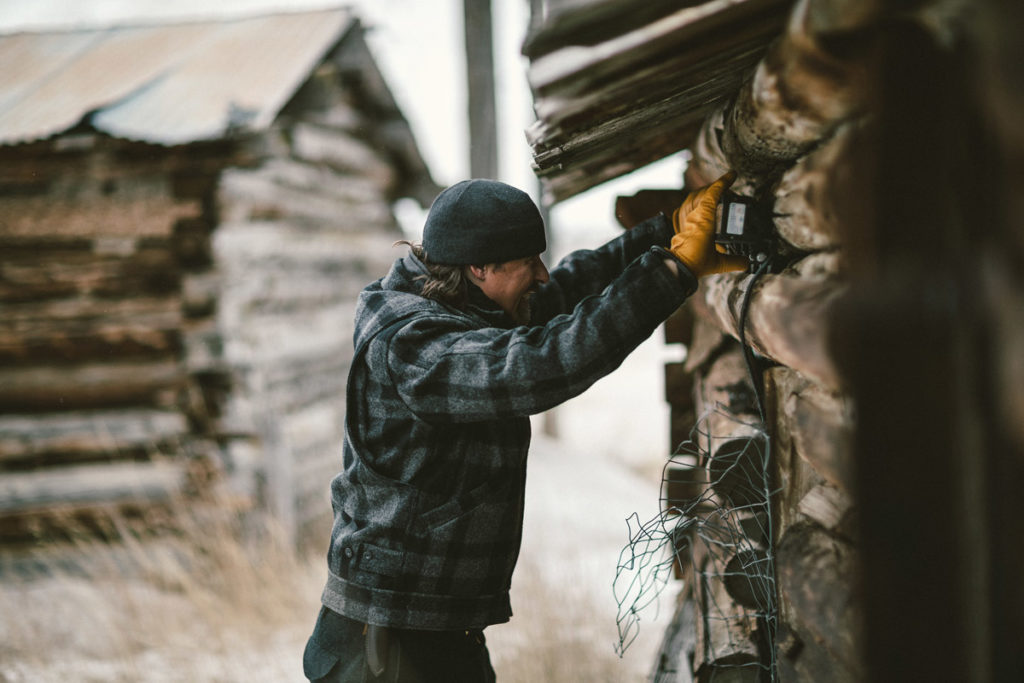
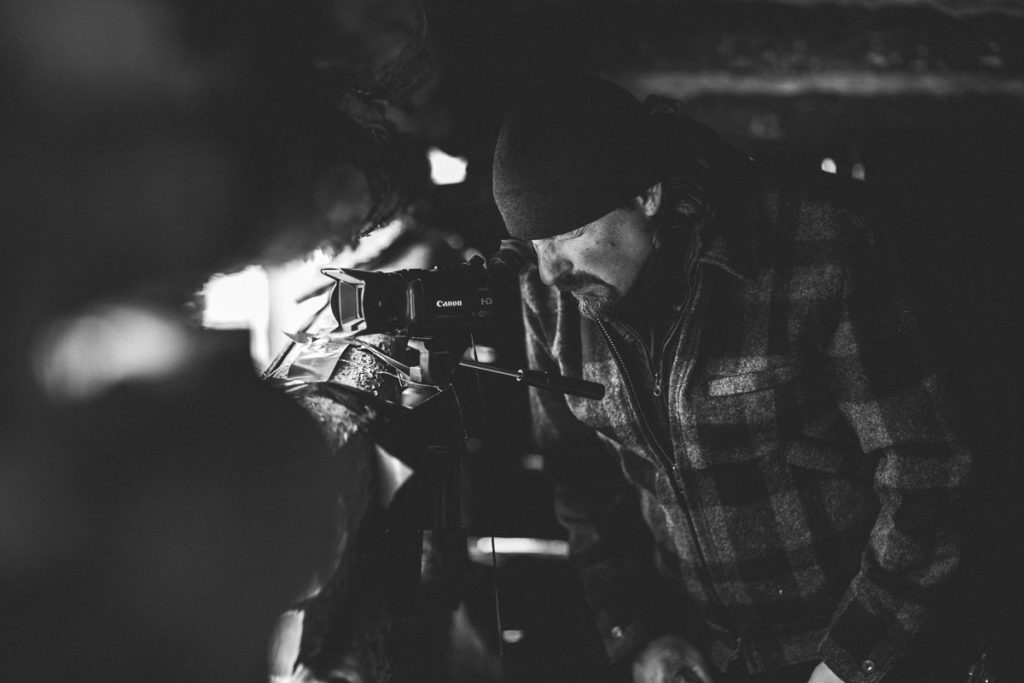
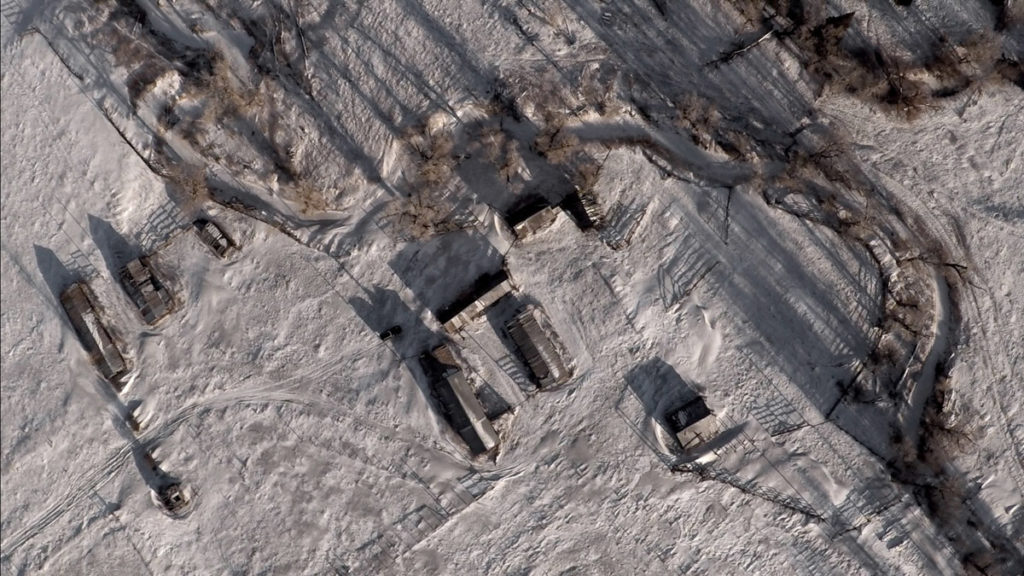
Eventually, Mama Mo will make another appearance, giving a sigh of relief to the VisionHawk team. For now, the story will continue, and the obsessive task of sharing the life of this elusive cat goes on.
CREDITS
CINEMATOGRAPHY: Jon Houser
PHOTO: Travis Gillett
VIDEO EDIT: Ellen Callaghan
MY CONTRIBUTION: Concept, producer, location art director, video art director, writer